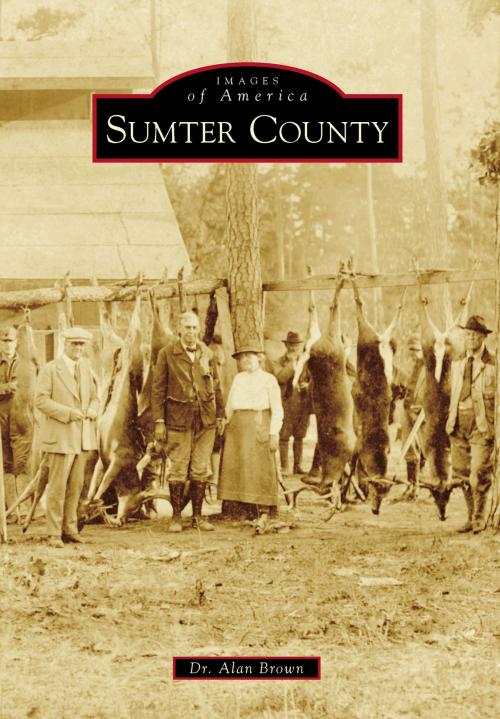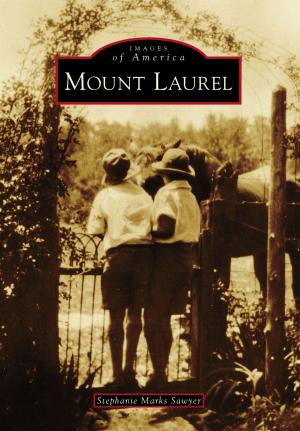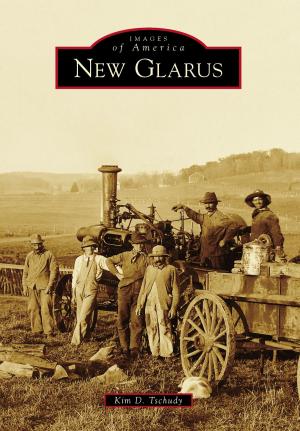| Author: | Alan Brown | ISBN: | 9781439650776 |
| Publisher: | Arcadia Publishing Inc. | Publication: | April 6, 2015 |
| Imprint: | Arcadia Publishing | Language: | English |
| Author: | Alan Brown |
| ISBN: | 9781439650776 |
| Publisher: | Arcadia Publishing Inc. |
| Publication: | April 6, 2015 |
| Imprint: | Arcadia Publishing |
| Language: | English |
Sumter County was founded on December 18, 1832, on land ceded to the United States by the Choctaw Indians in the Treaty of Dancing Rabbit Creek. Almost immediately, settlers began pouring in from Georgia, Virginia, Tennessee, and the Carolinas. In the 19th and early-20th centuries, most of the residents were farmers; however, following the infestation of the boll weevil, many turned to raising cattle and growing timber. Every November, hundreds of hunters descend upon Sumter County in hopes of harvesting one of the thousands of deer that live on the rolling prairies and in the oak forests lining the Tombigbee River. With the help of Ruby Pickens Tartt, scores of ethnomusicologists, including John and Alan Lomax, traveled hundreds of miles to the red clay country of Sumter County in the 1930s, 1940s, and 1950s to record African American folk songs from people like Vera Hall and Dock Reed.
Sumter County was founded on December 18, 1832, on land ceded to the United States by the Choctaw Indians in the Treaty of Dancing Rabbit Creek. Almost immediately, settlers began pouring in from Georgia, Virginia, Tennessee, and the Carolinas. In the 19th and early-20th centuries, most of the residents were farmers; however, following the infestation of the boll weevil, many turned to raising cattle and growing timber. Every November, hundreds of hunters descend upon Sumter County in hopes of harvesting one of the thousands of deer that live on the rolling prairies and in the oak forests lining the Tombigbee River. With the help of Ruby Pickens Tartt, scores of ethnomusicologists, including John and Alan Lomax, traveled hundreds of miles to the red clay country of Sumter County in the 1930s, 1940s, and 1950s to record African American folk songs from people like Vera Hall and Dock Reed.















